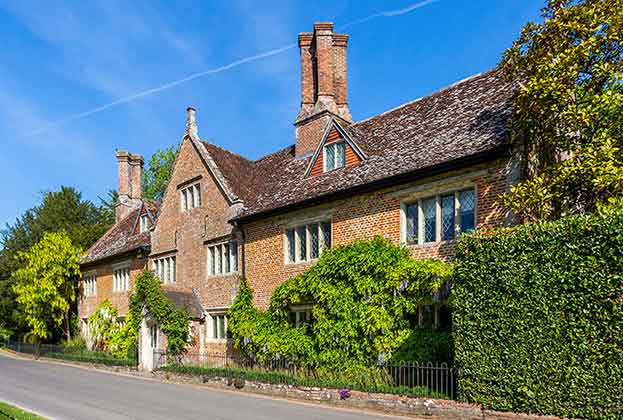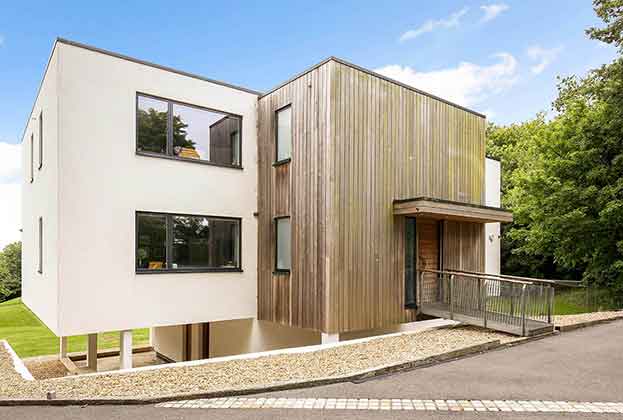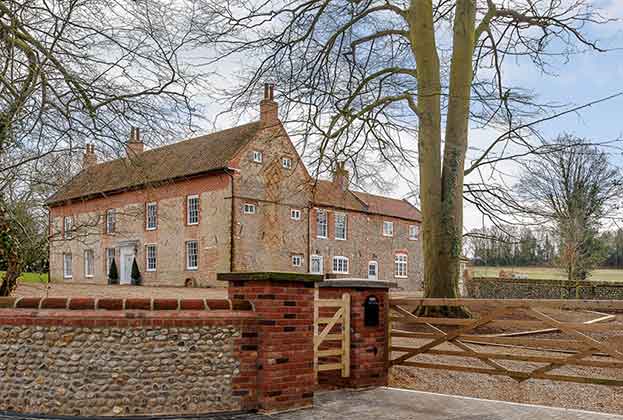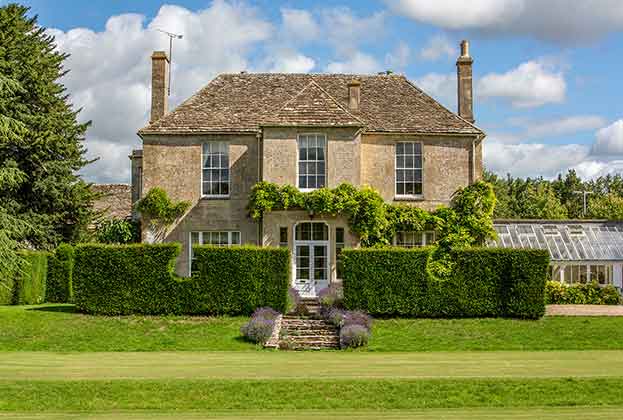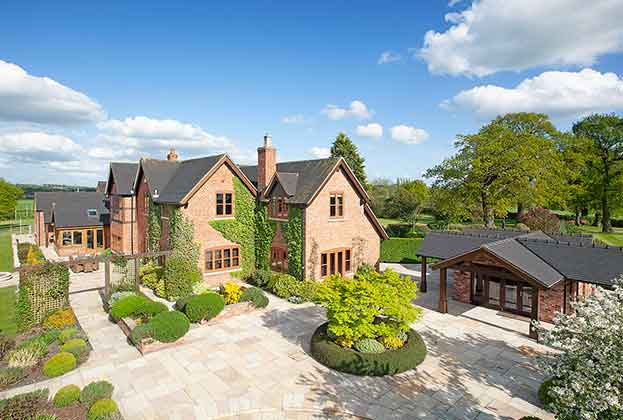While London will remain one of the most desirable cities in the world to live in, more Londoners are beginning to look for homes beyond the capital. We examine how rebalancing priorities for work and home are influencing the decisions of four types of London buyer
During lockdown, we have seen changes in the way people think about where they live, how they work and how the two intertwine. That has prompted a resurgence in the number of Londoners looking to move and redistribute the significant levels of housing wealth that they accumulated prior to the EU referendum.
Throughout June and July, viewing levels of our London applicants have been 37% higher than in January and February. That increases to 96% for those considering leaving the capital.
For this reason, we have profiled four key London buyer types and how their changing wants and needs are impacting the prime residential markets.
Even among those buyers who expect to work in the office for the majority of the working week, lockdown has increased the desire for more space. These prospective buyers are looking to move further out along the capital’s traditional wealth corridors.
Prospective buyers are looking to move further out along the capital’s traditional wealth corridors
Frances Clacy, Associate, Residential Research
Prime markets such as Chiswick, Wandsworth and Wimbledon, for example, have seen the greatest uptick in activity. In some cases, viewing levels are up to two and a half times higher than before lockdown.
As a result, the value of houses in these areas proved more robust than flats in the second quarter of 2020 (with houses falling marginally by 0.5% compared with a 1.6% decrease for flats). This trend is likely to continue throughout the rest of this year.
For those willing to take a slightly bigger step but retain accessibility to London, well-connected villages with an abundance of local amenities, schools and a degree of buzz about them have been most popular.
Our commuting database highlights that there are 60 villages with a direct train link into the capital and a journey time of less than an hour. Popular options include Cobham and Oxshott in Surrey, where average prices are in excess of £1 million. Little Chalfont in Buckinghamshire, Sunningdale in Berkshire and Lower Shiplake near Henley-on-Thames are also in demand.
These buyers predominantly live in London but often spend weekends in a smaller country property, such as a second home in the Cotswolds, the South West or North of England.
Lockdown has sparked a renewed love for the countryside and the coast, and they’ve made the decision to do a swap – having a larger country house as their primary residence while keeping a pied-à-terre in London that can be used two or three nights a week. Lock up and leave new build schemes that provide security and a concierge may therefore prove particularly popular.
So, for example, the owners of a 2,100 sq ft, £3 million house in St John’s Wood plus a 1,000 sq ft, £400,000 house in Stow-on-the-Wold may trade that situation for a 1,300 sq ft flat in central London and a 2,800 sq ft house in Stow-on-the-Wold.
Or similarly, a 1,400 sq ft, £2 million Chelsea house and a 2,000 sq ft, £500,000 house near Chester can be traded for a 4,000 sq ft house near Chester and a 1,000 sq ft Chelsea flat.
At the top end of the country house market, where values remain on average 21% below their 2007 peak, new buyer registrations have been three times higher and viewing levels more than double in the period from the beginning of June to mid-August compared to before lockdown.
We expect buyers will continue to take advantage of the value on offer in this part of the market at a time of unprecedented demand for more outside space.
This trend is likely to benefit local economies and these buyers will tend to be families willing to make a wholesale commitment to a change in lifestyle.
People who are only expecting to return to work for two or three days a week are typically considering a longer commute and looking more widely.
While the price differential between London and its immediate surrounds is well documented, the value on offer beyond its established commuter belt is often far more significant. Detached houses close to stations with a journey time into London of 30–59 minutes cost an average of £660,000. Increase that time to 60–89 minutes and average values drop by around a quarter to £500,000.
Of course, the cost of commuting has to be considered, but house price savings will almost always outweigh the extra cost of travel, while increased travel times will be offset by the improvements in the quality of family life.
These buyers who have a London salary and equity from property sales are likely to have plenty of spending power, supporting demand for more expensive homes. Indeed, Londoners accounted for 31% of viewings of properties worth £1 million+ across these markets in January and February, a figure that has risen to 36% in June and July.
As such, we expect to see an extension of London’s traditional commuter zone into areas that were once considered a less viable option.
Our final group includes ultra-high net worth individuals (UHNWIs) who typically have interest in the top end of the prime London market, one of the most exclusive in the world.
These buyers tend to be much more discretionary, so there hasn’t been the same sense of urgency as that seen in more domestic prime markets. With the amenities of central London slow to reopen and travel restrictions constraining international demand, central London has taken longer to come out the blocks.
But there has still been a pick-up in activity post-lockdown, and history tells us that this market quickly gathers significant momentum when demand returns. For example, for luxury new build homes above £5 million, the number of exchanges in July alone was higher than the number throughout the period of April to June.
As London regains its buzz, buyers will be able to take advantage of a market that has historically been viewed as a safe haven and has looked good value for some time.
In particular, the combination of the end of the existing stamp duty holiday and the expected imposition of a 2% non-resident buyers stamp duty surcharge is likely to be a catalyst to the market in the early part of 2021.
For more information, please contact your nearest London office or arrange a market appraisal with one of our local experts.
Read the articles within Prime UK Residential – Autumn 2020 below
.jpg)
